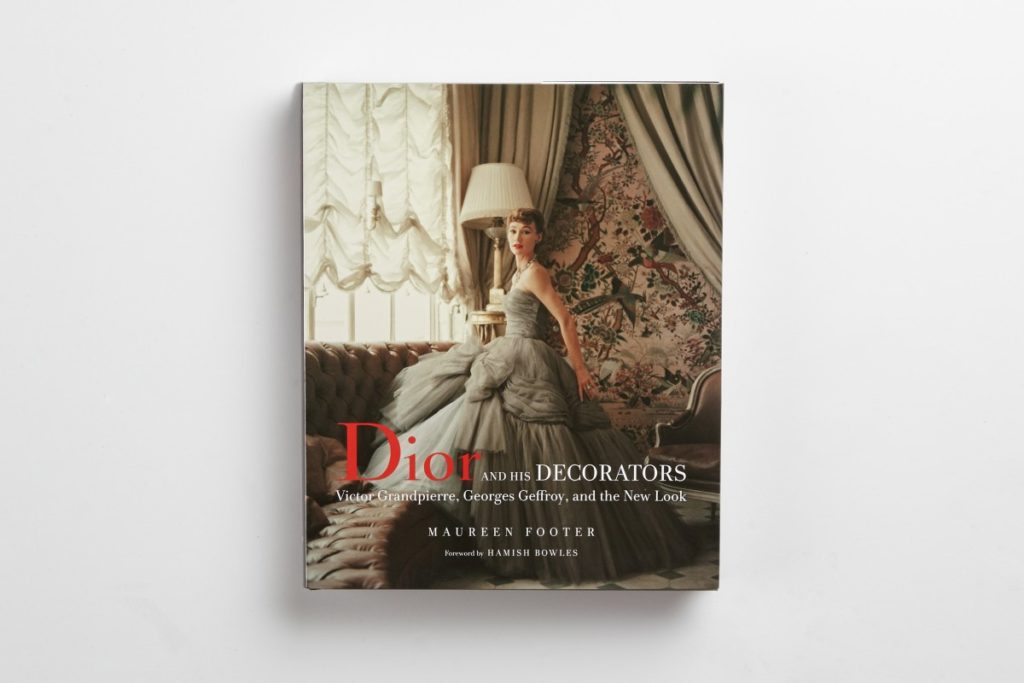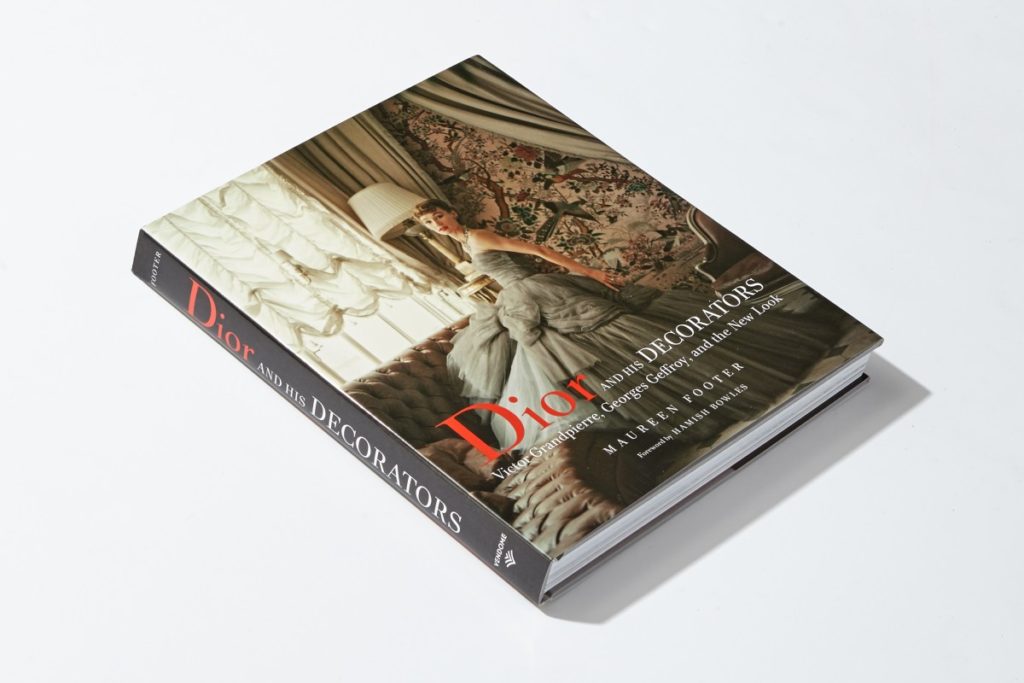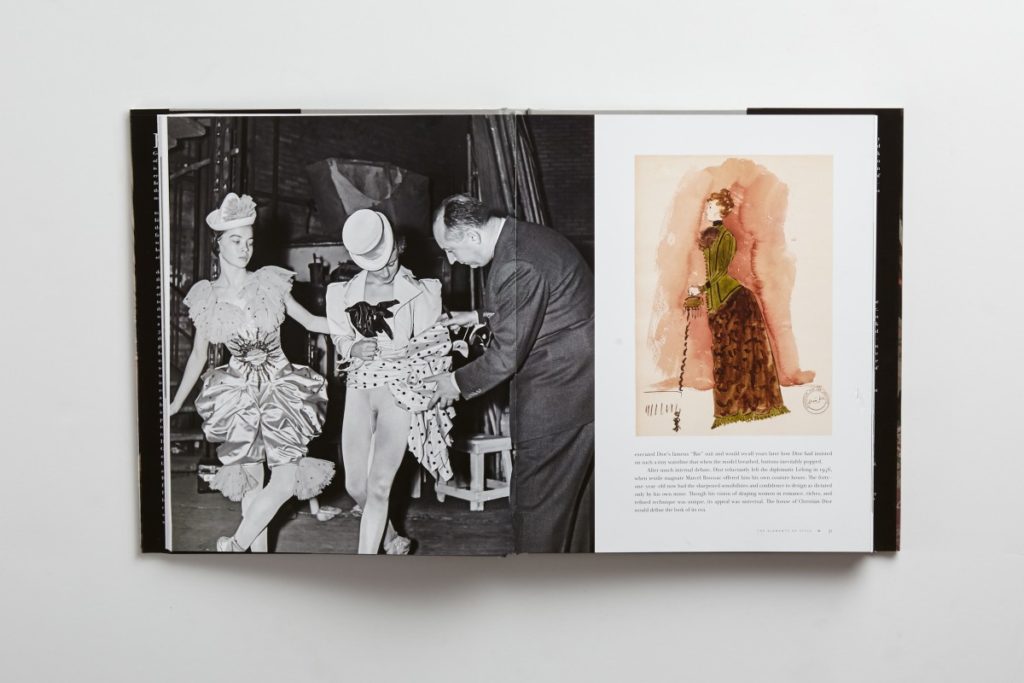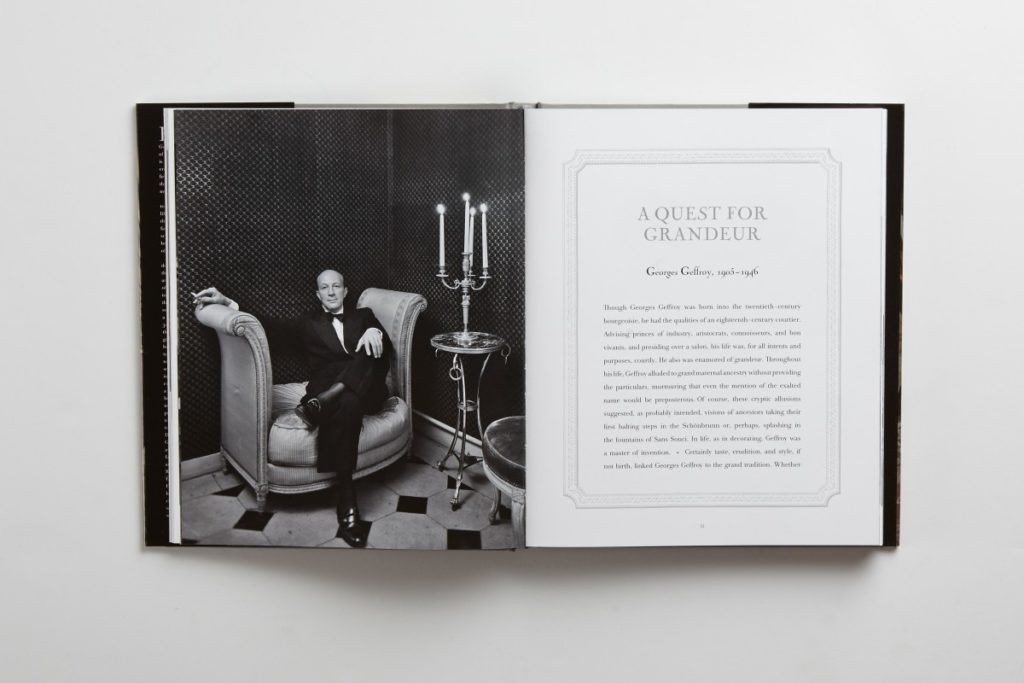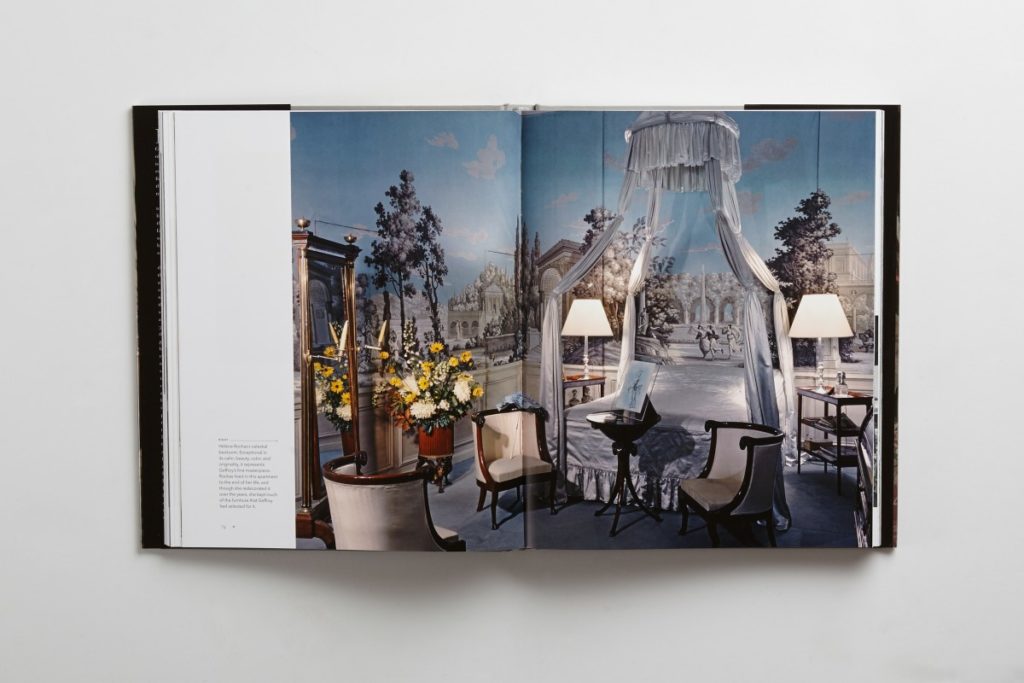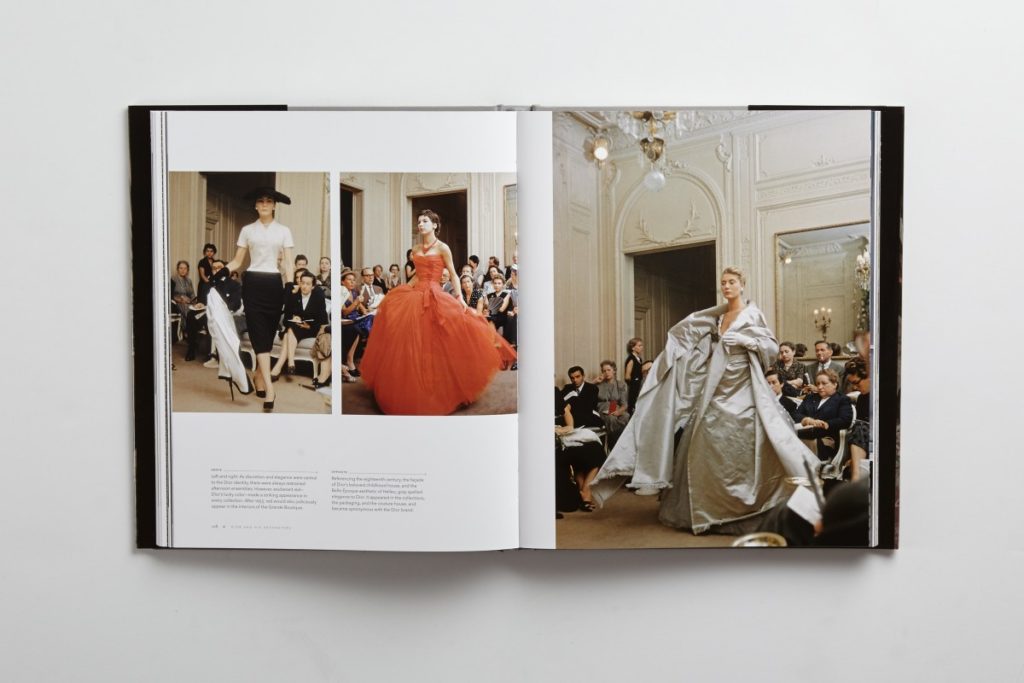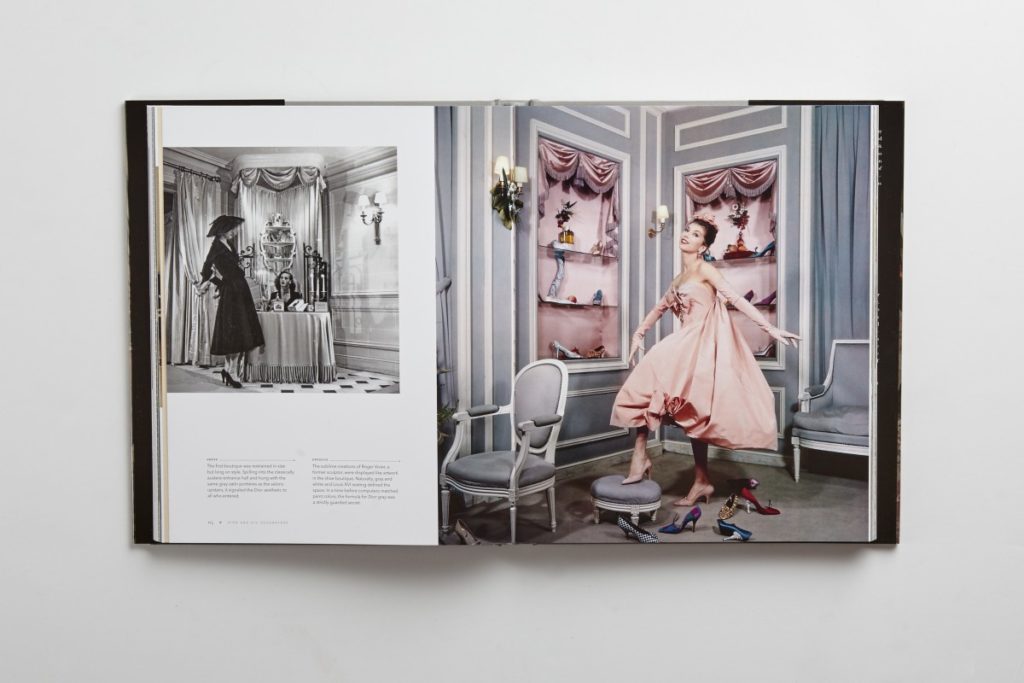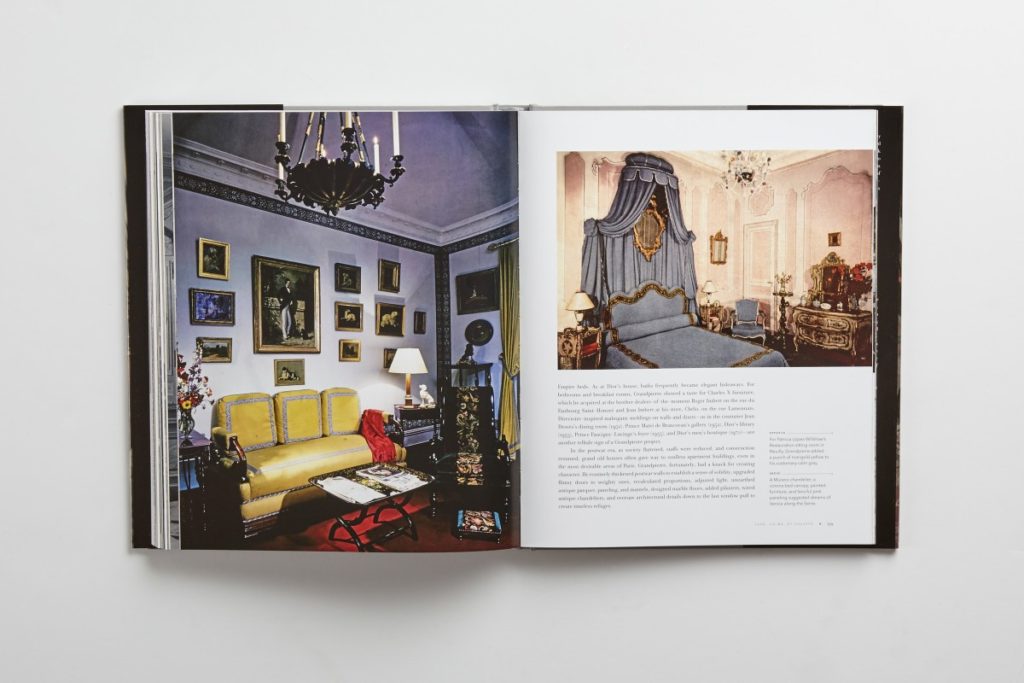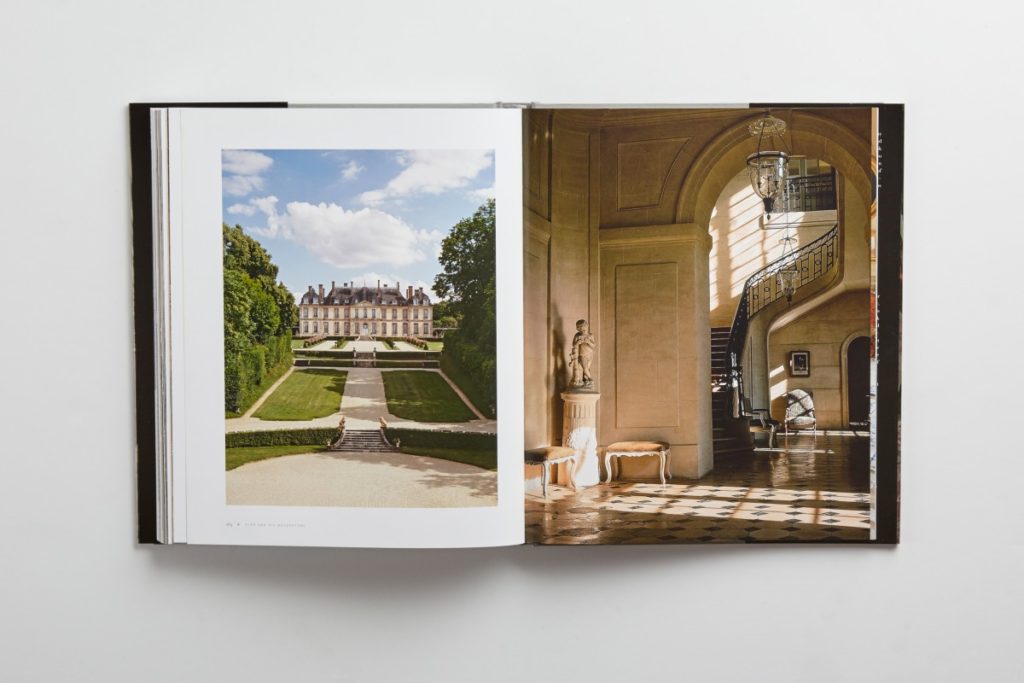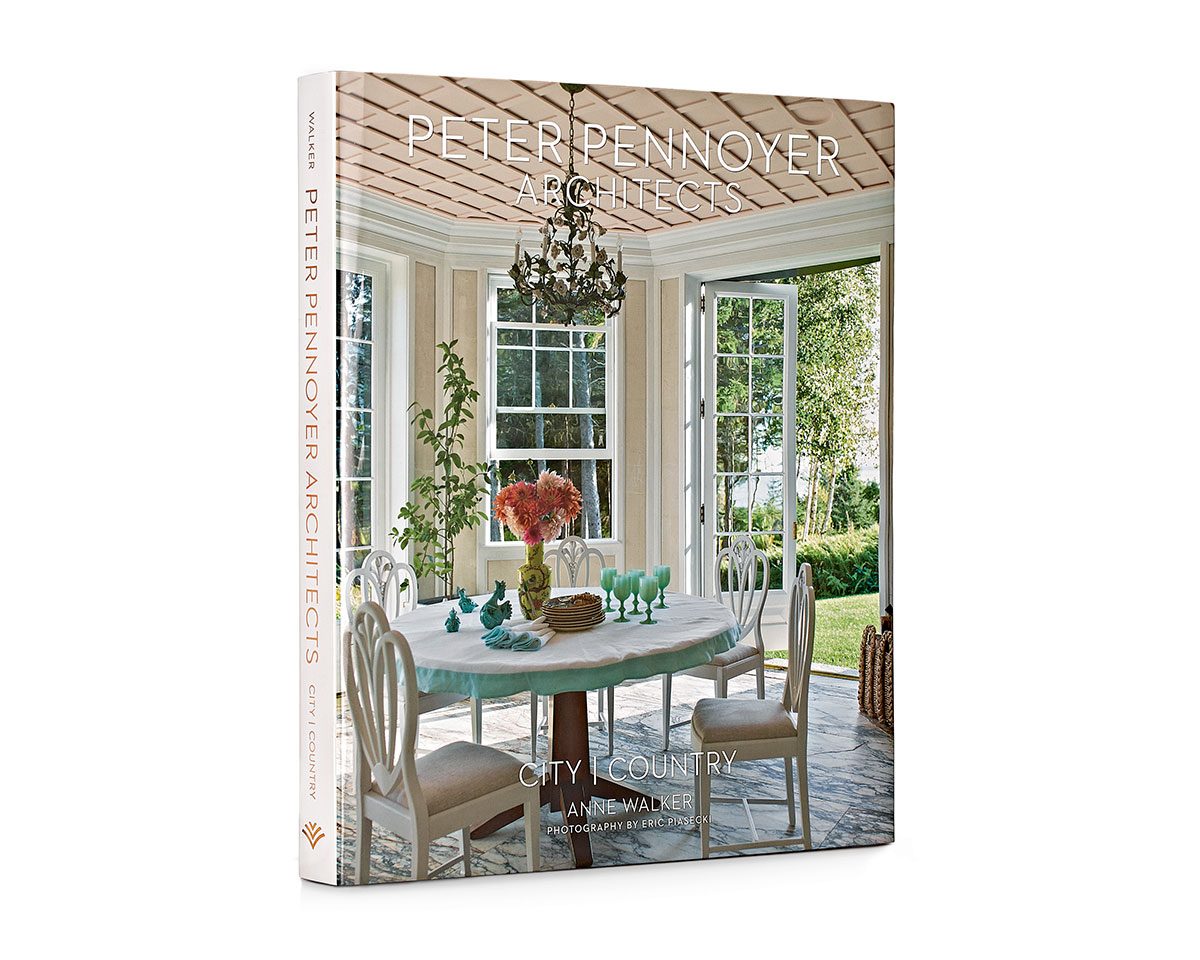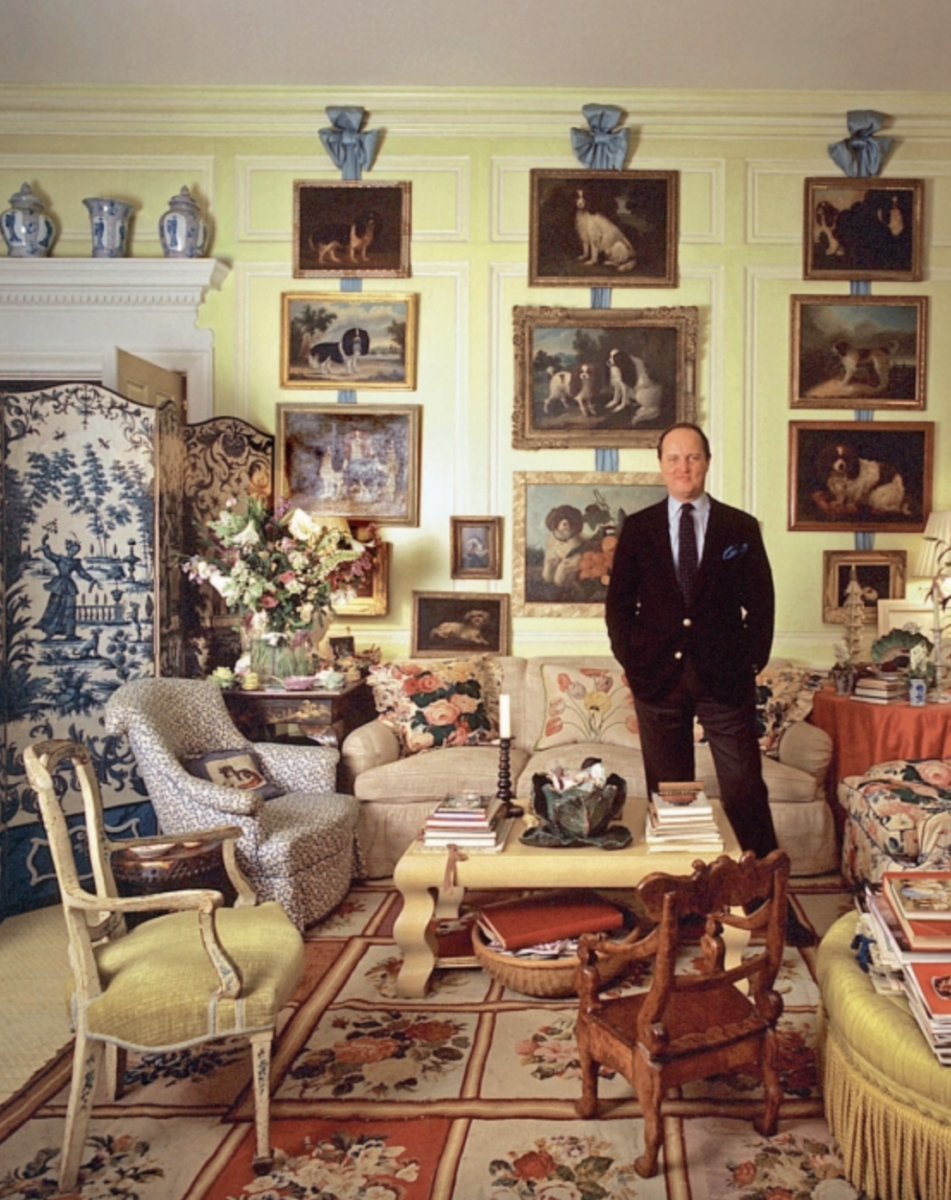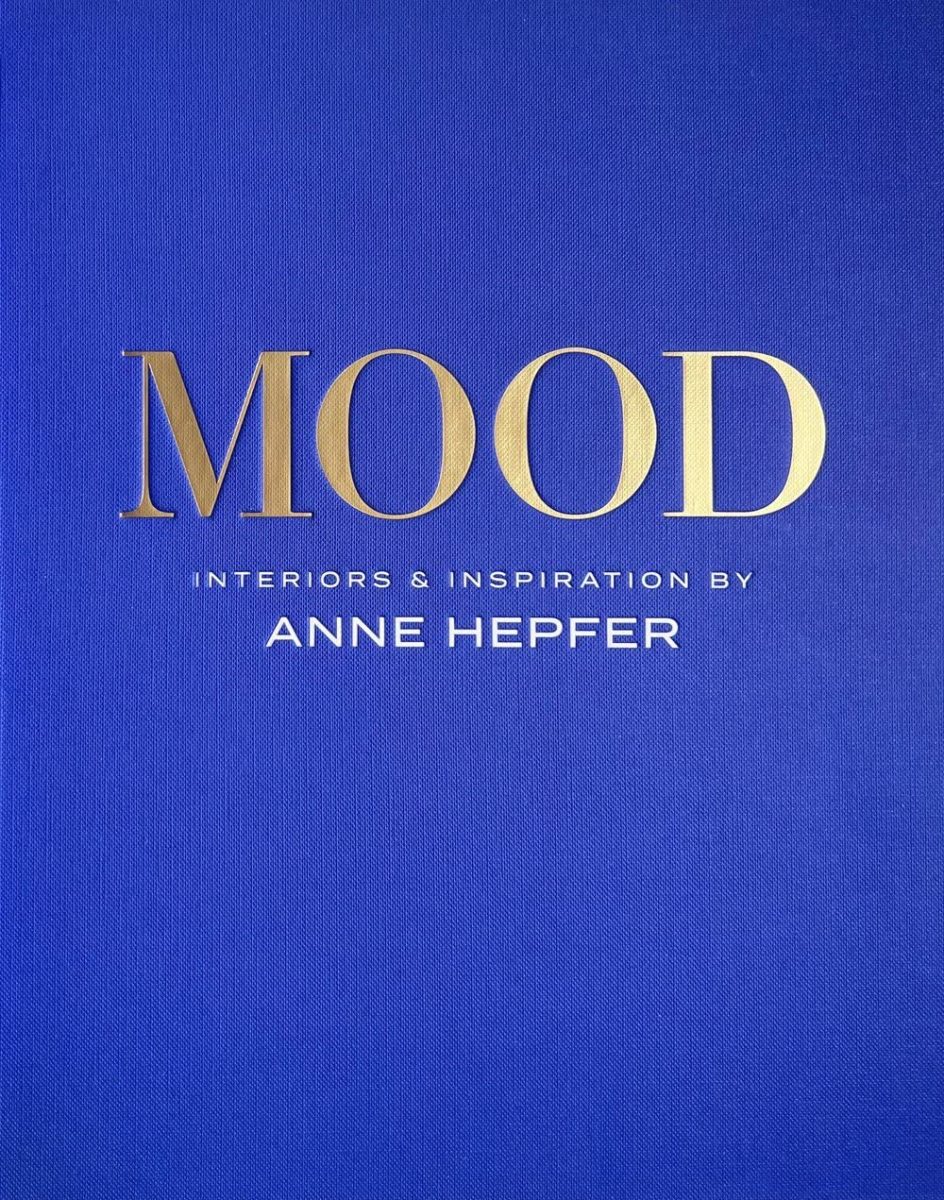Book Review: Dior and His Decorators
I have had a load for lovely design books to devour this fall. Vendome Press has kindly sent me a few to share that are real treats.
This latest one combines my love of fashion, design and all things French.
Do not miss it and enjoy a look at:
Dior and His Decorators: Victor Grandpierre, Georges Geffroy, and the New Look is the first work on the two Parisian interior designers most closely associated with Christian Dior, the first study of the evolution of Dior’s aesthetic as seen through his houses, and the first study of the development of the Dior brand.
Like the unabashedly luxurious fashions of Christian Dior’s New Look, which debuted in 1947, the interior designs of Victor Grandpierre and Georges Geffroy infused a war-weary world with a sumptuous new aesthetic—a melding of the refined traditions of the past with a wholly modern sense of elegance.
Author Maureen Footer, an expert in French decorative arts and former interior designer in her own right, recounts the lives and work of this influential trio, illustrated with a trove of evocative vintage photographs. She traces the trajectory of Dior from his coddled childhood in Normandy through his first career as a gallerist to his phenomenal success as a couturier. Dior tapped Victor Grandpierre, a photojournalist, to design his first couture house at 30, avenue Montaigne. Grandpierre created not only the chic, elegantly restrained look of Dior’s salons (pale gray walls, white moldings, and Louis XVI–style chairs) but also the template for the Dior brand, including typeface, logo, signage, and packaging—still followed to this day. Georges Geffroy, an aesthete and connoisseur of eighteenth-century antiques, shepherded Dior into the couture world with an introduction to the couturier Robert Piguet in 1937. When Dior acquired a townhouse in the fashionable 16th arrondisement, he asked both Grandpierre and Geffroy (who worked independently) to design the interior, assigning the private rooms to the former and the public rooms to the latter. The results were, like Dior’s haute couture creations, rich, sensual, and refined. After Dior’s untimely death in 1957, both Grandpierre and Geffroy went on to design salons for other couturiers, as well as homes for royals, Parisian socialites, fabulously wealthy ex-pats, and celebrated film stars and artists, ranging from Yves Saint Laurent and Marcel Rochas to Baron de Redé, Arturo López-Willshaw, Élie and Liliane de Rothschild, Gloria Guinness, Daisy Fellowes, and Maria Callas. These interiors, marked by luxurious fabrics, antiques, personally curated objects, clear colors, comfort, and old-fashioned ceremony, were featured in the shelter magazines of the day and were emulated all over the world.
Whenever today’s tastemakers reach for gray and white, leopard and houndstooth, satin skirts and sunburst mirrors, they pay homage to the New Look chic of Dior, Grandpierre, and Geffroy. They are also replicating the artistic process of these three Parisian aesthetes who referred to the past while stripping it of irrelevance. Dior and his decorators knew that heritage—modified, preserved, but never embalmed—was a resource to enhance the everyday.
“With her latest book, on Christian Dior’s decorating legacy, design historian Maureen Footer gives us a private tour of her couture quarters.”
—Veranda
“Maureen Footer spins a terrific story … [a] rarefied world of passementerie and peau de soie. The stories bowl you along on a puff of pink chiffon …”
—House & Garden
Design historian Maureen Footer holds degrees from Wellesley College, Columbia University and studied French eighteenth-century decorative arts and design at the Ecole du Louvre in Paris. Her previous book, George Stacey and the Creation of American Chic, chronicled American design as the country came of age culturally, politically, and socially. Ms. Footer and her work have received notices from the Wall Street Journal, Financial Times, Vanity Fair, the New York Times, Vogue, Harper’s Bazaar, and Le Figaro. She has lectured at the Sorbonne, the Institute of Classical Architecture, Winterthur, the Huntington Museum, and the New York School of Interior Design. A lifelong balletomane, Ms. Footer sits on the board of the New York City Ballet.
Hamish Bowles is the international editor at large for Vogue.
Shop the best design books of the season:
(email subscribers open in your browser to view content)
Be sure to subscribe to THE ENGLISH ROOM for extra news, giveaways and discounts.
Let’s get friendly on Facebook, Twitter, Pinterest, Tumblr & Instagram.
Please feel free to contact The English Room if you have any questions.



